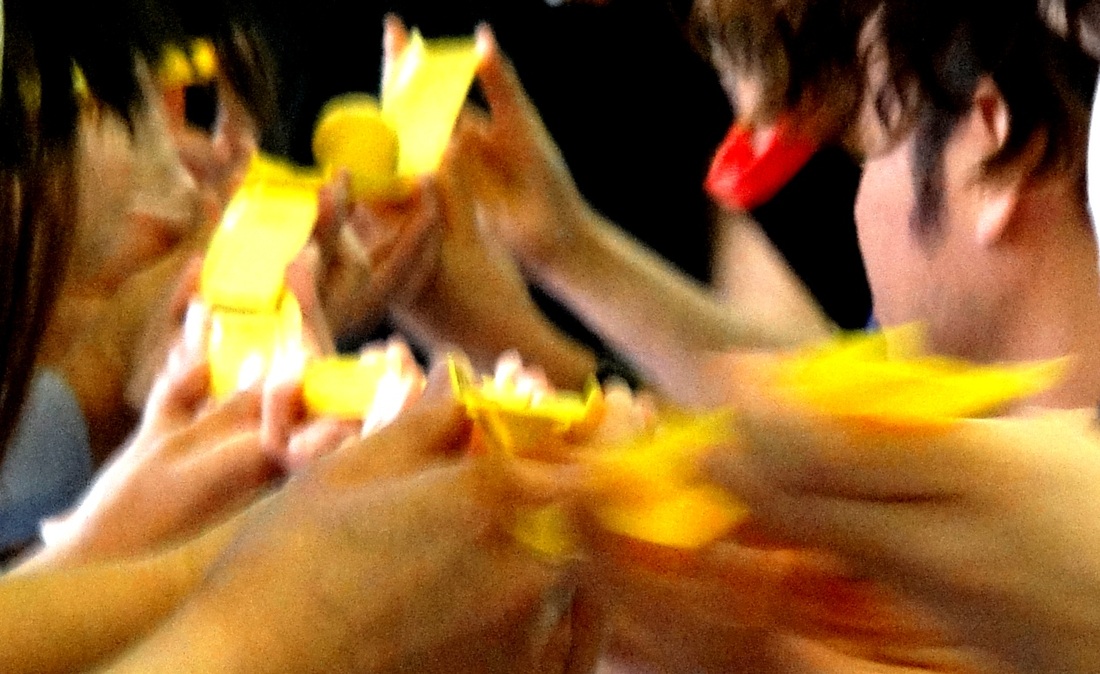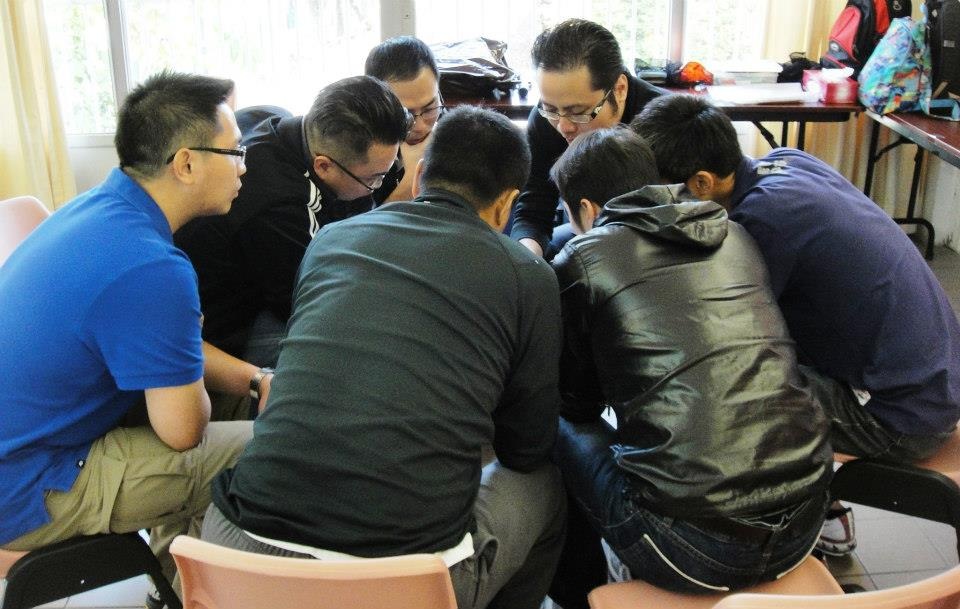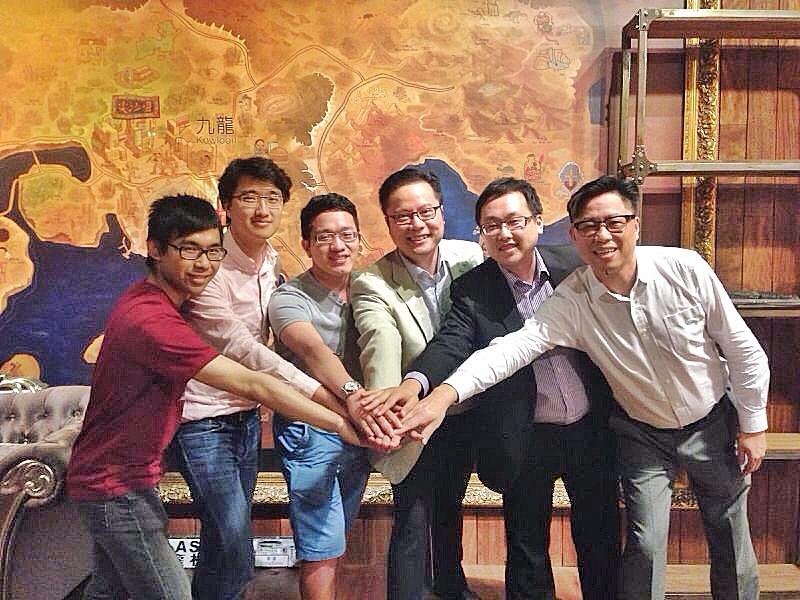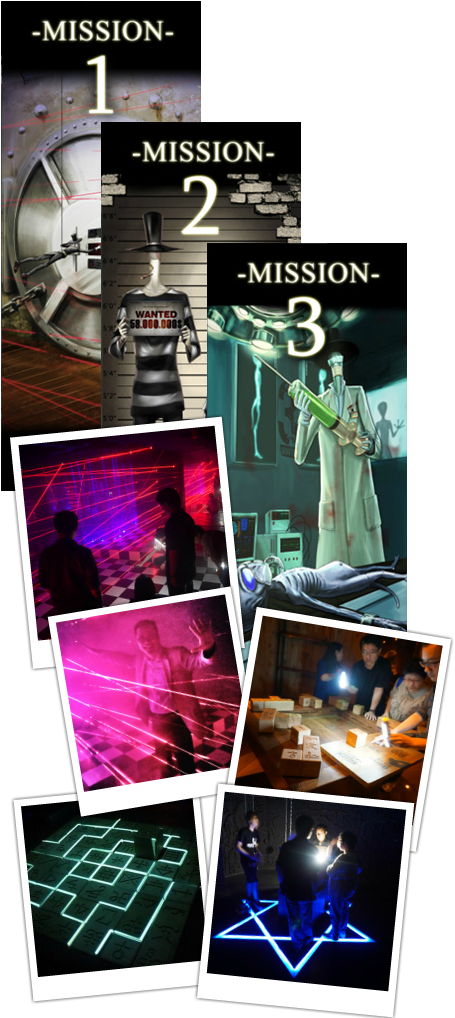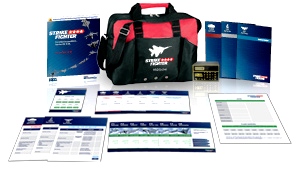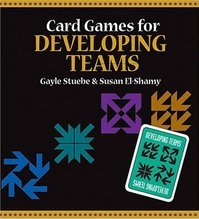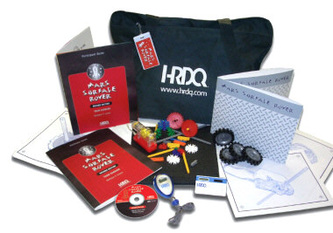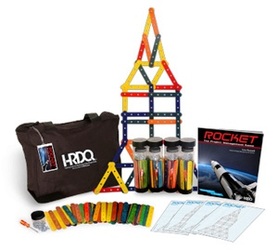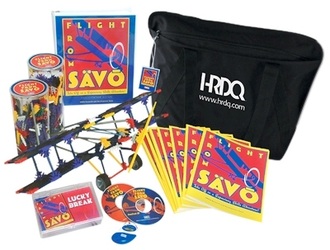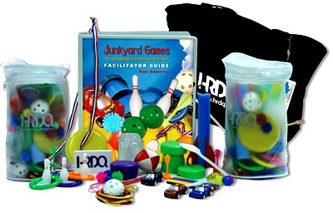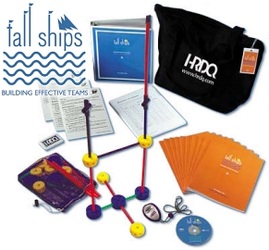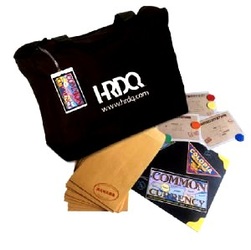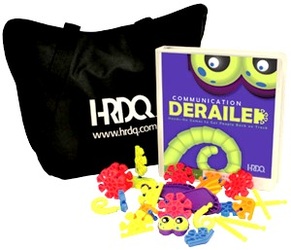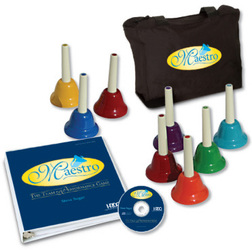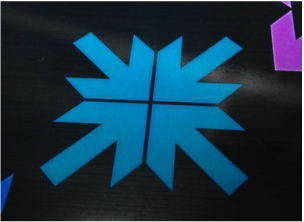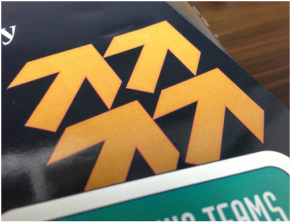Training Course Description“A group becomes a team when each member is sure enough of himself and his contribution to praise the skill of the others.”
~ Norman S. Hidle Great products and services are made and delivered by great teams. Working in a successful and happy team is extremely satisfying. The cooperative atmosphere, the ease of achieving big results and the sense of significance of belonging to a successful team is very appealing. Working as part of such optimal teams is the dream of any individual and organisation. This course focuses on transforming a group of people to a team of motivated individuals who work smoothly towards a common goal. Delegates are introduced to the concept of Team Roles and explore different ways of recognizing and establishing their roles within the team. This knowledge enables team workers to manage their roles and responsibilities in the team and avoid gaps or overlaps in roles. This course accommodates two needs:
1. Your first option is to teach a series of theoretical learning points about an ideal team followed by exercises. 2. Your second option is to get a number of people participate in a series of exercises so that they accumulate a shared experience and end up feeling more as a team. With the content provided in this course, as explained below, you can achieve both options. The first model is ideal for members of a team who have worked with each other in the past and now want to streamline their communication and eliminate bad habits that might have developed. The second option is more ideal for a newly assembled team. In this course delegates will learn:
Ideal Teams
By the end of this course, participants will be able to:
|
Recommended Readings (from our team building blog) :
Some of Our Clients' Favorites :
The Philosophy Behind Team Building Training CourseDespite the discovery of concepts such as Team Roles and Personality Types and their importance in constructing a successful team in the past century, we still come across many
teams which are put together in an ad hoc way. It is possible and indeed common to see a group of individuals working together based on their expertise and previous experiences but without any considerations for their intercommunication skills, team working abilities, personality types or work ethics. Each individual in such so called teams often have his own objectives to achieve regardless of the collective goal of the team. The aim of this course is to introduce concepts and methods necessary for forming a successful and harmonious team in which team members enjoy their work and strive towards accomplishing a common goal. Team building courses can be delivered in different ways and focus on a variety of concepts all significant in improving and maximizing team efficiency. Some trainers focus more on core principles behind successful teams, emphasizing on common goals and objectives while others insist on interpersonal relationships between team mates, communication skills and team bonding activities. This course has been designed with all the above principles and methods in mind. We have attempted to satisfy all these needs by presenting a course which touches on all core values behind successful teams while including a vast number of interactive and entertaining exercises. |
Debriefing Direction 1 : Unity
1. Share a Common Mission
Team members have a clear sense of purpose. They know their reason for being a team and they understand the function of the team within the larger organization. What is your team’s common mission? 2. Focus on Key Goals The team has key work goals that are known and understood by all team members. All the team’s work activities are in alignment with the key goals. What key goals guide your team’s work activities? 3. Display Commitment Team members indicate by their words and actions that they are committed to the team, its mission, and its goals. Members work hard to fulfill that commitment. How does your team show commitment? 4. Understand Role in the Organization Team members understand the general workings of the larger organization and know the role that the team plays in that organization. They understand the impact of what they do and how they do it. How does your team show its understanding of its role in the larger organization? 5. Have Clear Roles and Responsibilities Each team member clearly understands his or her role in the team and the responsibilities that role entails. Members also understand the roles and responsibilities of other team members. How can roles and responsibilities be made clearer in your team? 6. Accept Accountability Team members hold themselves accountable for the performance of the team as whole. There is no blaming and assigning of guilt when goals are not met, just renewed effort in getting the job done. How is accountability handled in your team? 7. Show Pride Team members exhibit pride in being a part of the team. They are quick to identify themselves as team members and display high regard for other team members as well as for team activities and achievements. How do members of your team show pride? 8. Have Frequent Interactions Team members work together a great deal. There are numerous consultations, briefings, discussions, quick meetings, and informal gatherings. What opportunities does your team have for interaction? 9. Exhibit Loyalty Team members’ primary allegiance is to the team. They stand up for the team and other team members and are reluctant to leave the team. Their primary work identity is the team. How can your team’s loyalty be increased? 10. Use Consensus-Building Consensus-building is important to the group. Decisions are seldom made by individuals. Team members work hard to reach mutual agreement and most decisions are made as a group. How are decisions made on your team? 11. Spend Time Together Team members spend time together both on and off the job. Although members have other friends and activities, they occasionally do things together away from the job. Why is it important for your team to spend time together? 12. Display Trust in Each Other There is a high level of trust among team members with little “checking up on” or questioning of each other. They expect each other to do their best at all times, but are ready to help when needed. How do your team members show that they trust each other? 13. Demonstrate Interdependence The team demonstrates an interdependence in all that it does. Tasks and processes are so interrelated that team members find it difficult not to work as a group. How interdependent is your team? |
Debriefing Direction 2: Communication1. Communicate Directly
Team members are straightforward and direct in their communications. They avoid third-party interchanges, rumors, and hearsay. A great effort is made to be as clear and direct as possible. How does your team communicate? 2. Listen Well Team members work hard at being good listeners. They actively listen to one another, checking for understanding and clarifying anything that is not understood. Why is good listening so important to good team work? How well does your team listen? 3. Share Information Freely Information is freely shared among team members. Processes are in place to make sure that all team members have equal access to all information. How does your tam share information? 4. Participate Fully All team members participate in all team activities. A concerted effort is made to get input from everyone on all team matters. In fact, it is almost impossible for any team member not to participate. What mechanisms do members of your team use to encourage participation? 5. Communicate Honestly Team members are open and honest with one another. They don’t hide their actions or their real thoughts and feelings, but express themselves through candid, appropriate communication. How can your team’s communication be more open and honest? 6. Demonstrate Writing Skills All written communication of the team is concise and to-the-point. Memos and reports, even flyers and announcements, are informative, grammatically correct, and visually pleasing. What does your team’s written communication say about your team? 7. Make Effective Presentations Team members effectively present ideas, information, and proposals to one another and to individuals and groups outside the team. Their presentations are interesting, informative, and goal-directed. How can your team’s presentation skills be improved? 8. Hold Productive Meetings All meetings in which team members participate are efficient and productive. Basic guidelines have been set up by the team and are carefully followed. Members seldom leave a meeting feeling that they have wasted their time. How productive are your team meetings? 9. Collaborate in Problem Solving Team members work together to solve problems. Individual members rarely solve a problem alone, but collaborate with other members to reach solutions. How does your team solve problems? 10. Use Feedback Effectively Team members exhibit good feedback skills. They both give and seek constructive feedback and use that feedback to constantly improve. How can your team better use constructive feedback? 11. Handle Conflict Constructively Conflict is seen as natural and the team uses conflict constructively to improve communication and cooperation. Team members have determined conflict resolution guidelines and they follow them. What happens when there is conflict within your team? 12. Discuss the Negatives Team members do not shy away from negatives. Issues that impede the team are confronted and discussed. These include hidden agendas, cliques, and politics both within and outside the team. How does your team deal with “the negatives”? 13. Demonstrate Influencing Skills The team is very enthusiastic and persuasive about tam ideas and proposals. Team members effectively influence individuals and groups within the organization. Where does your team need to use persuasion and influence? |
Debriefing Direction 3: Support1. Demonstrate a Positive Attitude
The overall mood of the team is positive, upbeat, and self-assured. A confident, “can do” spirit prevails and, even in times of difficulty and high stress, the team acts in a positive manner. How positive is your team’s attitude? 2. Provide Help and Assistance Team members are aware of what is going on in each other’s jobs and lives. Being mindful of one another’s needs, they guide and facilitate work and actions accordingly. What are some examples of help and assistance that your team members can give each other? 3. Show Concern for Well-Being The mental and physical well-being of team members is of concern to all. Team members make an effort to provide a safe, healthy work environment for all. How can your team’s well-being be increased? 4. Respect New Ideas Team members are ready and willing to listen to new ideas. They make an effort to develop a new idea before critiquing and assessing it. What happens when new ideas are presented within your team? 5. Express Appreciation Team members try not to take one another for granted and make a point of saying “Thank you” and expressing appreciation. What are some different ways of expressing appreciation? 6. Celebrate Accomplishments The celebrating of accomplishments is important to the team. Milestones are noted along the way of every major undertaking. And when very important goals are met, celebrations take place! How does your team celebrate? 7. Encourage Development Team members encourage one another to develop skills and talents. They know that, through individual development, the overall productivity of the team can be enhanced. What types of self-development would help your team members? 8. Value Differences Team members are often diverse in many ways---age, cultural backgrounds, personality, knowledge, skills, and so on. These differences are valued and used for the overall betterment of the team. Why is diversity good? How diverse is your team? 9. Share Responsibility Attitude such as “That’s your problem” and “It’s not my job” are not tolerated in the team. Team members feel responsible for the actions and obligations of all members and are quick to uphold that responsibility. How is responsibility shared on your team? 10. Express Feelings There is no place for secret resentments old grudges, and hidden agendas in an effective team. Team members openly express their feelings and talk matters through when necessary. What guidelines can your team use for expressing feelings? 11. Deal Effectively with Inappropriate Behavior At times, team members may behave badly. Being able to deal with inappropriate behavior in a fair and timely manner can be quite critical to the teeam. What behaviors do your team consider inappropriate? What are effective ways of handling such behaviors? 12. Maintain Confidentiality Team members maintain confidentiality. Team discussions, expressions of feelings, and handling of interpersonal difficulties are considered private by team members and are not shared outside the team. Why is confidentiality important? 13. Support Beyond the Team Team members give each other support outside the team, even outside the workplace. They stand up for one another in workplace situations; they attend important events in each other’s lives. How might you support other members of your team? |
Debriefing Direction 4: Performance1. Set Measurable Goals
High-performance teams set their own measurable goals. These goals are challenging, yet realistic. Team members monitor the goals and adjust work accordingly. What measurable goals has your team set? 2. Clarify Expectations Team members know what is expected of them. Expectations and requirements are discussed, clarified, and understood by all. When changes develop, expectations are again clarified until understood by all. Why are clear expectations critical to high performance? 3. Monitor Work Processes Team members track and assess their performance. They monitor work processes, using a variety of methods, and make quick adjustments as needed. What processes does your team monitor and how is it done? 4. Deal with Errors Promptly Effective teams have systems and procedures in place that find errors immediately and allow such errors to be dealt with quickly. How does your team find errors and how quickly do you respond? 5. Implement a Reward System To increase motivation and add some zest to the workplace, work teams devise and implement their own reward systems. What are some creative ways of rewarding and motivating your team? 6. Thrive on Change The most effective teams react positively to change. They are open change and look for ways to quickly adjust and move forward. How does your team react to change? 7. Anticipate Well Team members anticipate trends and new directions and are proactive in dealing with important issues. By anticipating possibilities and their consequences, the team is often well positioned for whatever happens. How can your team better anticipate the future? 8. Initiate Training The team takes responsibility for its own training and development. Team members are constantly expanding their knowledge, developing their skills, and seeding the training education they needed. How can your team better promote training and development? 9. Utilize Team Creativity High-performance teams capitalize on the creativity of team members to increase productivity, shorten cycle time, and enhance performance. How can your team better use the creative abilities of its members? 10. Confront Adversity Team members do not get easily discouraged. When trouble arises, they work extra hard to deal with it, get through it, or et around it. Dealing with difficulty makes the team stronger. How does your team handle adversity? 11. Interact Well with Other Teams The team is efficient and effective when operating as a unit within the workplace. Other teams, groups, and individuals look forward to interacting and working with the team. How well does your team interact with other teams? 12. Contribute to the Larger Organization The team has a measurable impact on the overall business of the larger organization and that fact is acknowledged by the organization. The presence of the team enhances the organization, and team members take pride in this. What organizational contributions does your team make? 13. Influence the Larger Organization The team influences the larger organization by voicing concerns, sharing information, demonstrating new methods, directing organizational attention to particular issues, and setting an example to other teams. How does your team influence your organization? |
